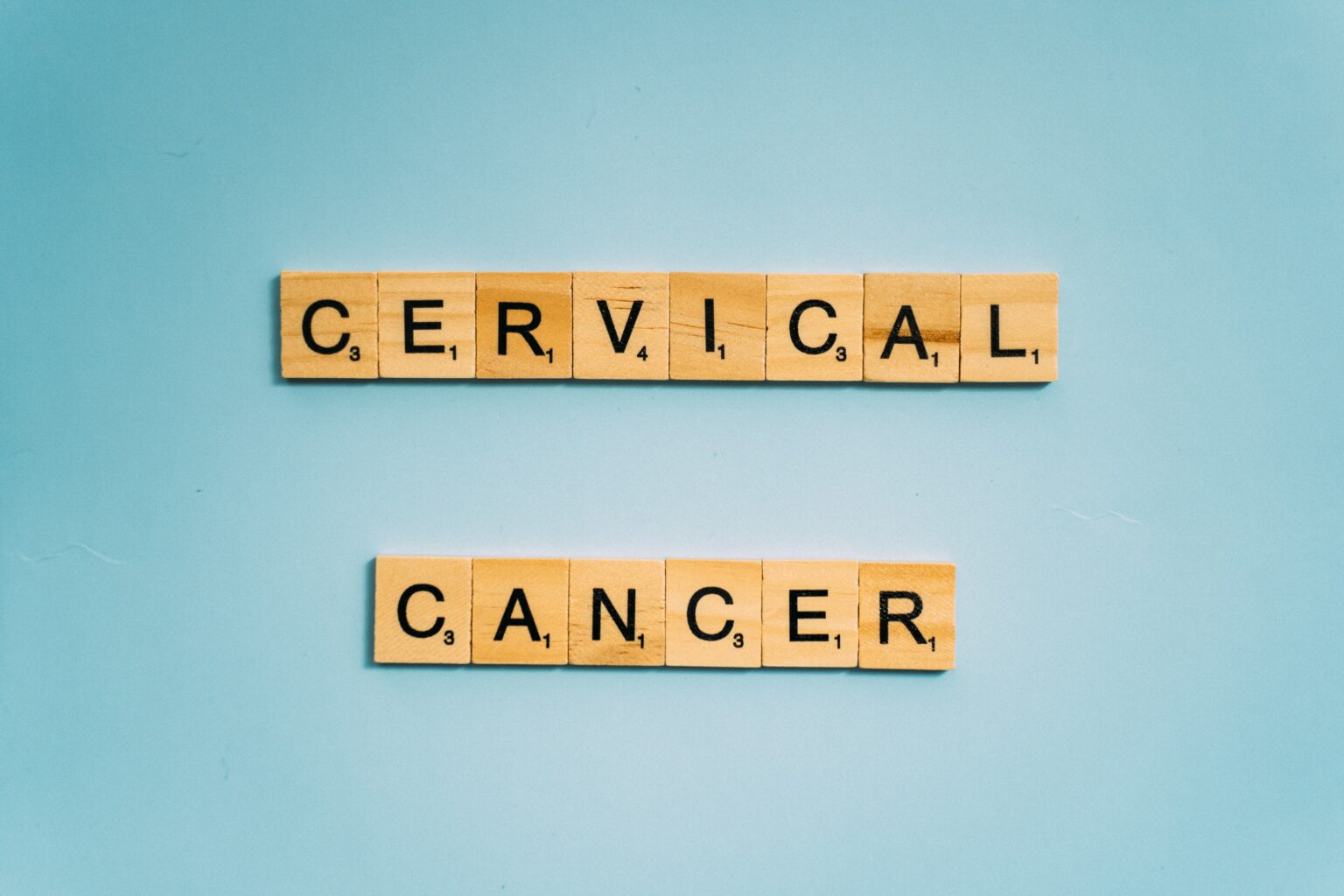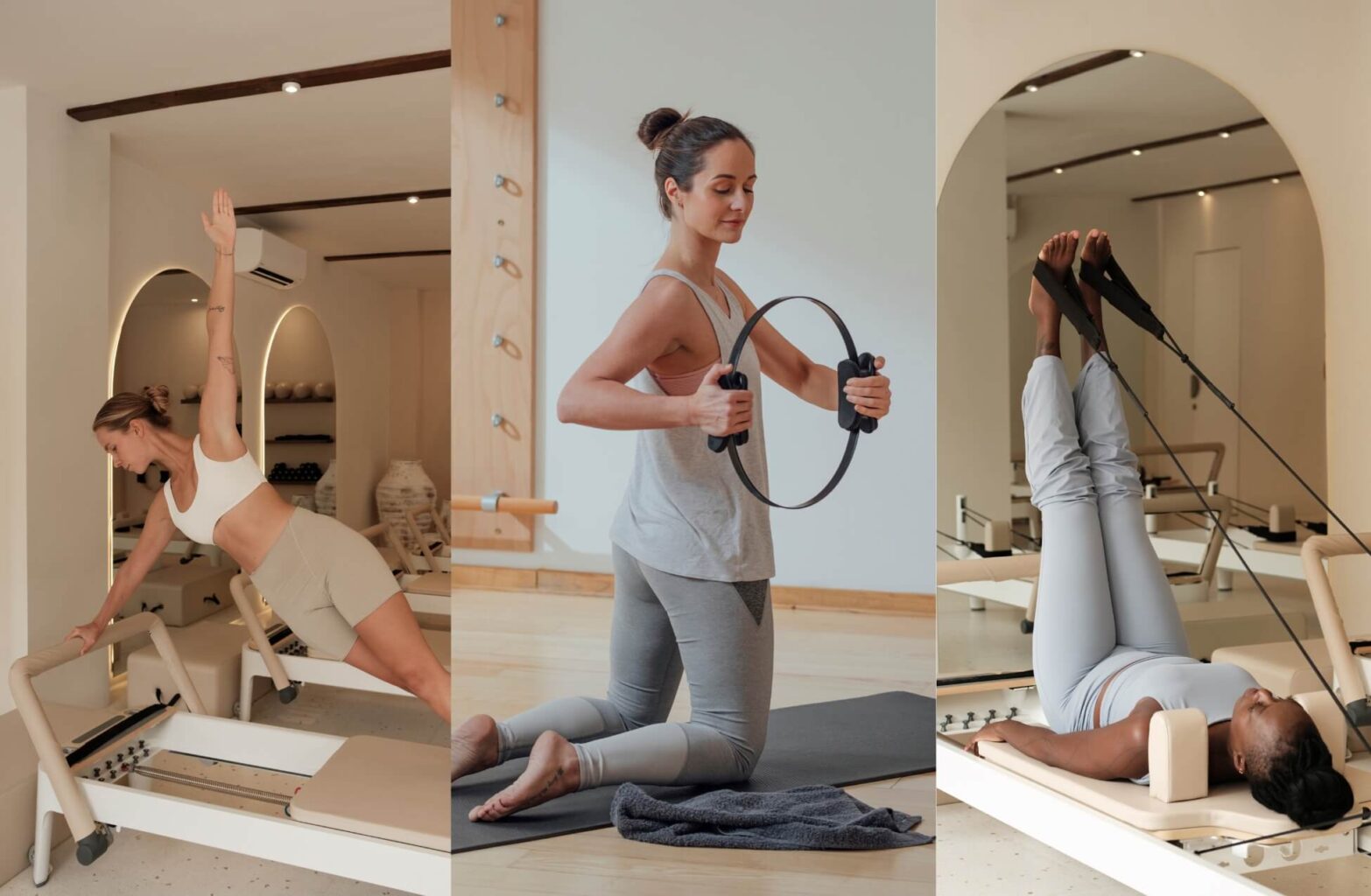A cervical screening also called a pap-smear is the only way to detect the presence of HPV and cancerous cells in your cervix. All women from age 25 to 49 should get a cervical screening test done every 3 years whereas women aged 50 to 64 can go in for testing every 5 years. It’s a life saving appointment and yet so many women delay or put off their appointments altogether out of fear and anxiety. So in honour of cervical cancer awareness month and as someone who had a bad experience with her first appointment and a great experience with her second, here’s what to expect at a cervical screening and some things that really helped me.

What Is HPV?
HPV is a name for a group of viruses (also known as human papillomavirus). You can get HPV from any type of sexual skin to skin contact:
- Vaginal, oral or anal sex
- Sharing sex toys
The problem with HPV is that certain high-risk HPV can stay in your body and cause changes to the cells in your cervix leading to cervical cancer. That is why detecting it early through regular cervical screening is so important.
For more information on HPV, visit the NHS website here.

What To Expect At A Cervical Screening Test
You know what they say, fear of the unknown is the greatest fear of all. So if you’ve never had a cervical screening test before, here’s what to expect at a cervical screening.
You will first be taken into a room where you will sit down and speak to your nurse or doctor performing your cervical screening. This is a good time to ask questions and mention any anxiety you have about the procedure. That way they can take more time to explain the procedure, show you some positions that will make it easier and put you at ease. It’s important that you don’t feel awkward about expressing any apprehension and discussing this with the person performing the procedure. It’s completely normal to have anxiety and the nurse or doctor performing your screening will not judge you. This is especially important if you suffer from vaginismus as this will help you put you at ease and relax.
Your nurse or doctor will then leave the room or draw the curtain so you can get undressed. You will have to remove everything from the waist down including your underwear. They will general give you a sheet to cover yourself whilst you’re laying on the table. When you’re ready, they will enter the room.
Nurses and doctors will all have different suggestions in terms of position. However this is the one that I was advised for my second appointment and it made the whole thing much more comfortable: first bend your knees and lay your feet flat on the table. Turn both of your hands into fists and place these right underneath you butt so that your pelvis is facing upwards. Next let both of your knees fall to each side. This position will make it easier for the person performing the exam to access your cervix.

The nurse or doctor will then apply some gel or lubricant on a speculum. If you’ve never done a screening or had an exam using a speculum before, ask if they can use the smallest size speculum as this will make it more comfortable for you. They will then gently insert the speculum into your vaginal opening and open it. It may be a bit uncomfortable but it shouldn’t be painful. If it is painful, make sure you speak out. It may be that your anxiety is causing you to contract your vaginal muscles which could cause pain or it could mean that something else is the matter. Either way, speak to the person performing the exam as it’s important they are aware of any pain you are experiencing.
Next, they will take a small and soft brush (the closest thing you can compare it to is a spoolie brush which is used for eyebrows or lashes) and gently take a sample from your cervix. Next they will leave so you can get dressed. Your sample will be sent for analysis and if they don’t detect HPV there’s nothing further for you to do until your next appointment 3 or 5 years later depending on your age. If they do find HPV in your sample, they will analyse it further to test out for cancer cells. It’s very important to note that a positive HPV does not necessarily mean cancer. Either way, you will hear back (usually one to three weeks later) on next steps and your results.

Tips For Your Cervical Screening
Here are some tips that will make your cervical screening appointment easier:
- Make sure you pee before your appointment. A full bladder can make the test more uncomfortable.
- Deep breaths: if you feel any anxiety or discomfort, take very deep breaths and try to picture something positive like your next holiday for example.
- Speak to your nurse or doctor about any anxiety or apprehension and don’t hold back if you have any questions about your procedure.
- Speak to your nurse/doctor about the best position and try the one mentioned above.
- If you’re nervous about your appointment, take the day off of work. You do not need the added stress of navigating traffic, public transport, meetings and your boss calling you asking where you are.
- Make sure you allow enough time before your appointment. If you’re nervous, the last thing you need is to be running late and stressing. If you arrive way too early, you can always for sit down and get a coffee or sit in your car listening to relaxing music.
- Treat yourself! A cervical screening only happens every couple of years so once your appointment is over, treat yourself to a nice meal, a bit of shopping or even just a little pamper session at home. You accomplished something very important for your health so you need to reward yourself.




